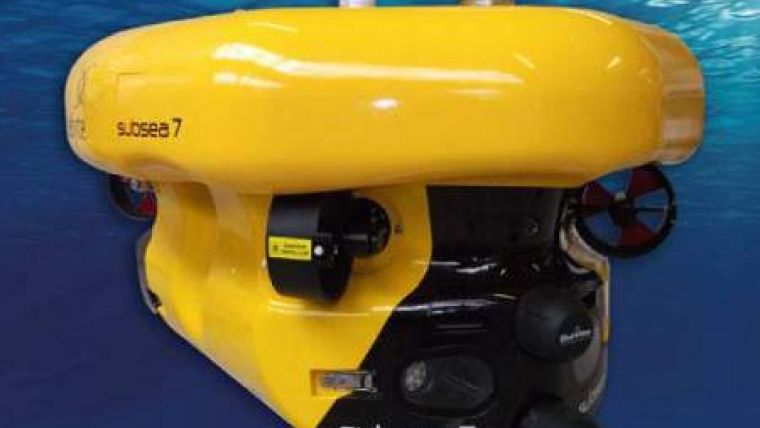First Commercial Autonomous Inspection Vehicle
Subsea 7 has completed the design and build of the first Commercial Autonomous Inspection Vehicle (AIV), a technology which has the potential to revolutionise Life-of-Field projects. The company has an ambitious plan to develop a series of Autonomous Inspection Vehicles (AIV), initially capable of general visual inspection, through to fully capable work-class sized intervention vehicles. A combined project team comprising hardware developers and operational personnel from Subsea 7 and Seebyte has been working together to deliver the first vehicle.
The design and build of the vehicle is complete and successful progress through inwater trialling and commissioning phase is underway. Following completion of extensive in-water testing and capability development, the first commercial AIV is expected to be available in late 2011.
Through the development process, many technical challenges have been overcome, the shape of the vehicle has changed from the original design concept due to the significant work done using the latest Computational Fluid Dynamics Modelling to optimise the vehicle’s shape with regard to stability and manoeuvrability, whileconserving the onboard power resources.
The vehicle is fully autonomous and can operate for a 24-hour period on a single charge of its lithium-ion batteries, which are housed in pressure vessels within the hull. These batteries have been specifically designed for the vehicle and provide a more cost-effective solution to pressure tolerant batteries, with a lower capital costand much improved cycle lives.
The sensor package has been developed to cover the requirements of general visual inspection; it comprises the latest sonar technology coupled with high quality video cameras and low-power LED lighting.
A significant software integration and development project has been running in parallel with the hardware development and this too has used the most advanced techniques to manage, debug and control the development.
Neil Milne, Subsea 7’s vice president - Life-of-Field Services, commented: “We are delighted with the success of the commercialisation programme to date for what represents a significant technological advance in the area of subsea remote inspection and intervention. With the arrival of the AIV, subsea structures such as manifolds, wellheads and risers will be able to be inspected by this tetherless technology, significantly increasing flexibility and efficiencies throughout the life-offield cycle. Following completion of extensive trials and further development over the coming months, we look forward to bringing the first commercial AIV into operations towards the end of 2011.”














